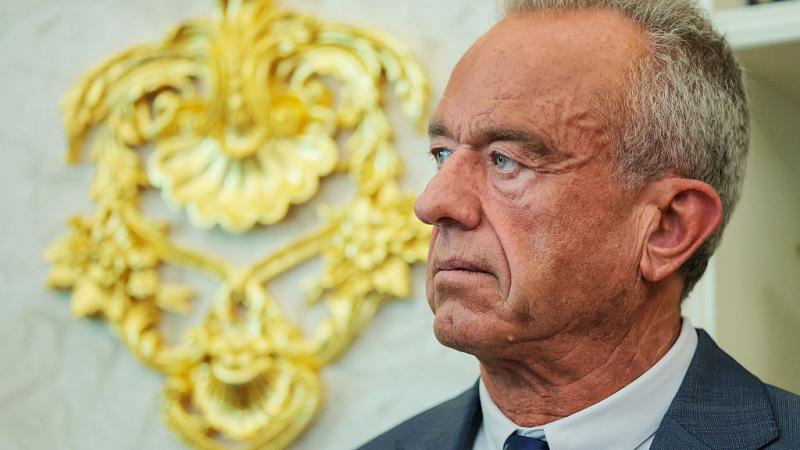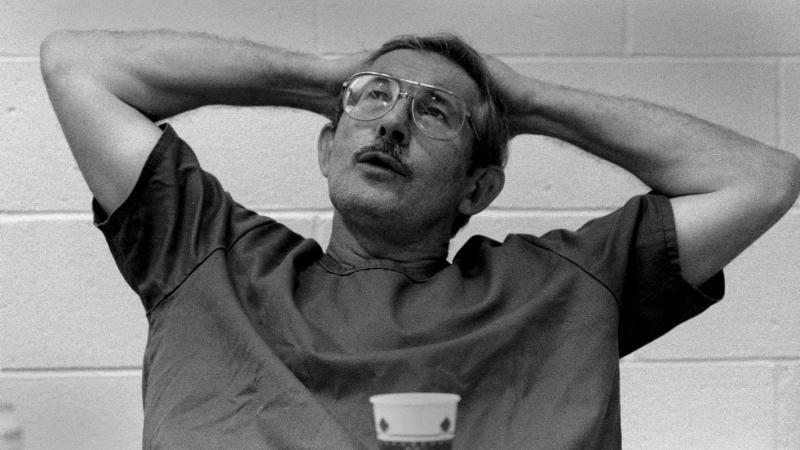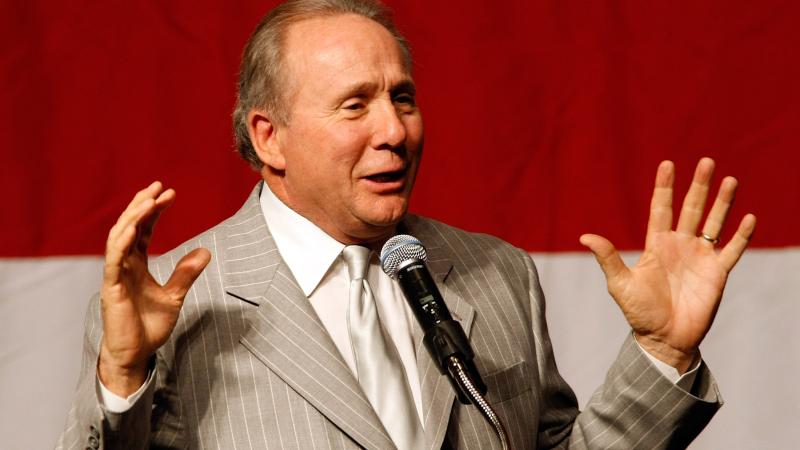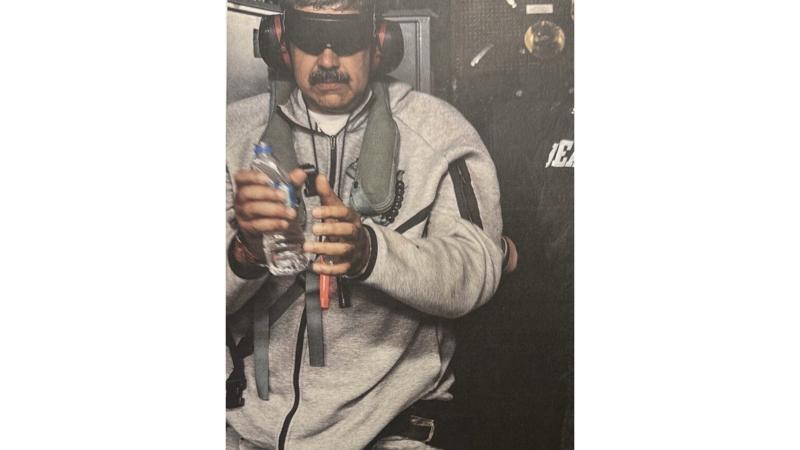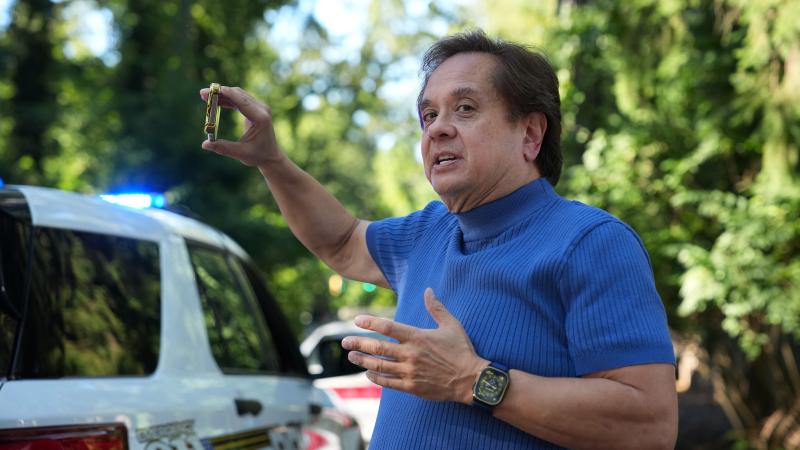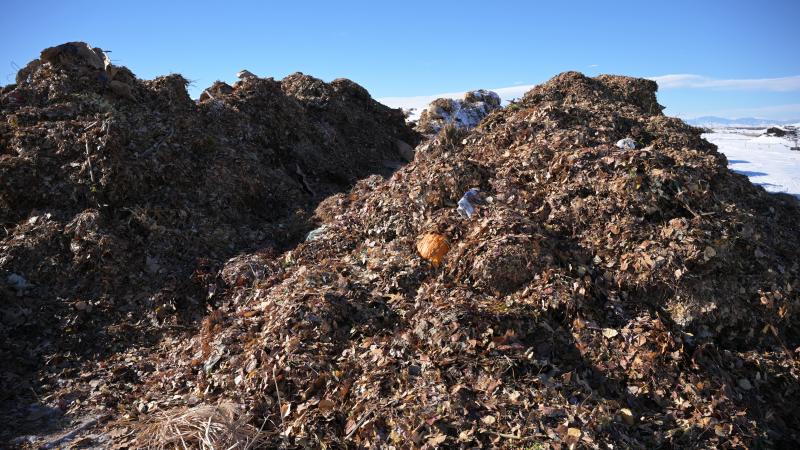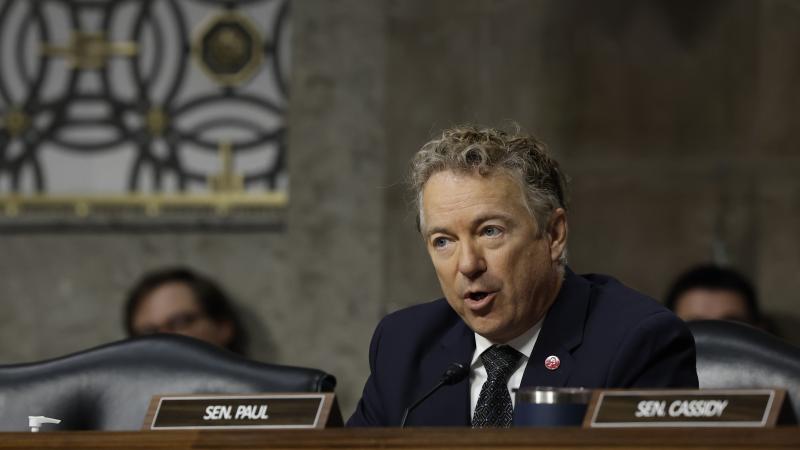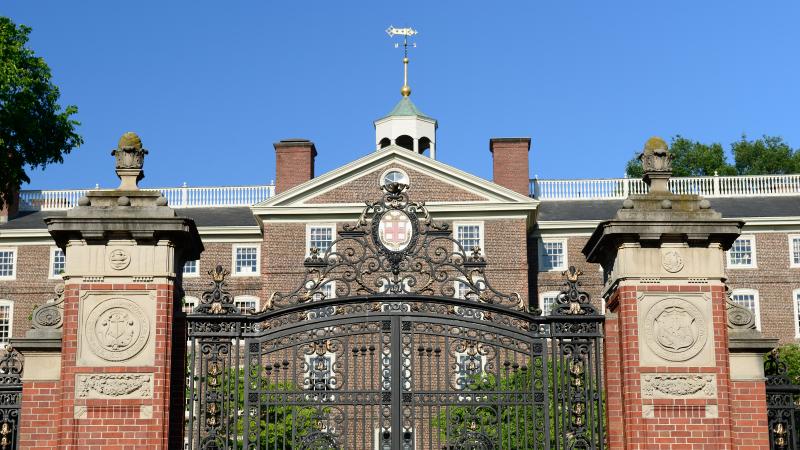Antibody tests continue to suggest COVID-19 far more widespread, less deadly than initially thought
Spain and Boston are among the latest to announce significant findings.
International alarm surrounding the coronavirus has been driven largely by early estimates about the death rate, but new antibody tests are significantly undercutting those projections.
In early March, for example, World Health Organization Director General Tedros Adhanom declared that globally, about 3.4% of reported COVID-19 cases have died. He added, "by comparison, seasonal flu generally kills far fewer than 1% of those infected."
For reasons that were unclear, Adhanom was comparing the death rate of reported COVID-19 cases to that of the total number of influenza infections. This kind of apples-to-oranges accounting is guaranteed to make the coronavirus death rate seem astronomically higher than that of the flu.
If the flu death rate were to be calculated the same way many public health officials have calculated the COVID-19 death rate, the mortality rate for seasonal influenza would be vastly higher than the relatively low number we have now. Most flu cases go undiagnosed, with health officials for the most part estimating rather than confirming the total number of cases each season. They ultimately calculate the mortality rates based on those estimates, not the actual confirmed cases.
Health officials during this pandemic have been slow to explore how many actual cases of COVID-19 exist throughout the population, instead basing their conclusions and policy recommendations on lab-confirmed infection rates. Yet a growing series of tests conducted by labs throughout the country suggest that, like influenza, COVID-19 is significantly more widespread than it seems — and that its death rate is consequently much lower than current numbers suggest.
Boston, New York, California, Spain, Florida...
Scientists across the planet in recent weeks have been working to administer antibody or serology tests to citizens in numerous countries. These tests are designed to determine if someone likely had the coronavirus at some point in the past by detecting the presence of a specific antibody in the blood.
What the tests have shown so far has been, in many cases, astonishing. In New York City, tests indicated that as many as 25 percent of residents had contracted the disease. Around a third of test subjects in Chelsea, Massachusetts tested positive for antibodies, about 16 times more than the known infection rate at the time. Researchers in Miami-Dade County last month said the infection rate there could be 20 times higher than official numbers.
In Iran earlier this month, meanwhile, a preliminary research paper said the infection rate in the region of Guilan could be significantly higher than what had been recorded. In Santa Clara County, California, last month, research suggested an infection rate as much as 80 times higher than confirmed cases.
A Boston study released this week found 10% of residents had antibodies, though city Mayor Marty Walsh speculated that the number could be as high as 20%. Researchers in Spain this week also announced that upwards of 5% of that hard-hit country might have already contracted the virus, significantly more than the one-half of one-percent suggested by confirmed cases.
The way to herd immunity
These numbers seem to confirm what scientists initially suspected of the virus: it is highly communicable and spreads relatively easily among populations. It also conflicts with earlier assumptions that it is catastrophically fatal to the general population. Unlike the deadliest pandemics in human history, the vast majority of COVID-19 victims appear to be older and sicker individuals, who are also prime targets for regular, seasonal influenza deaths.
The serology numbers are encouraging in that they suggest a significantly lower death rate for the disease overall. Yet they also may indicate that there is still a difficult fight ahead for most countries. Absent a vaccine, most infectious diseases only cease being a major threat to a population at the onset of "herd immunity," which generally requires high levels of infection and recovery in a society. A 5% infection rate in Spain is much higher than current numbers, but it may still be a very long way off from herd immunity.
Yet there is a possibility that herd immunity for COVID-19 could come at a lower threshold. An international team of researchers argued this month that the pathology of COVID-19 may mean society-wide immunity could occur at a much lower threshold than the 60-70% others have put forward—good news for everyone, particularly in light of the early serology tests showing already-widespread transmission.
Whatever the threshold may be, it's clear that antibody tests are one of the critical keys to untangling the COVID-19 puzzle, and something that scientists and public health officials can no longer afford to ignore. It makes little sense for scientists and governments to continue to refer to the fatality rate of the disease without acknowledging that it is, clearly, vastly lower than everyone thought just a few short months ago.

